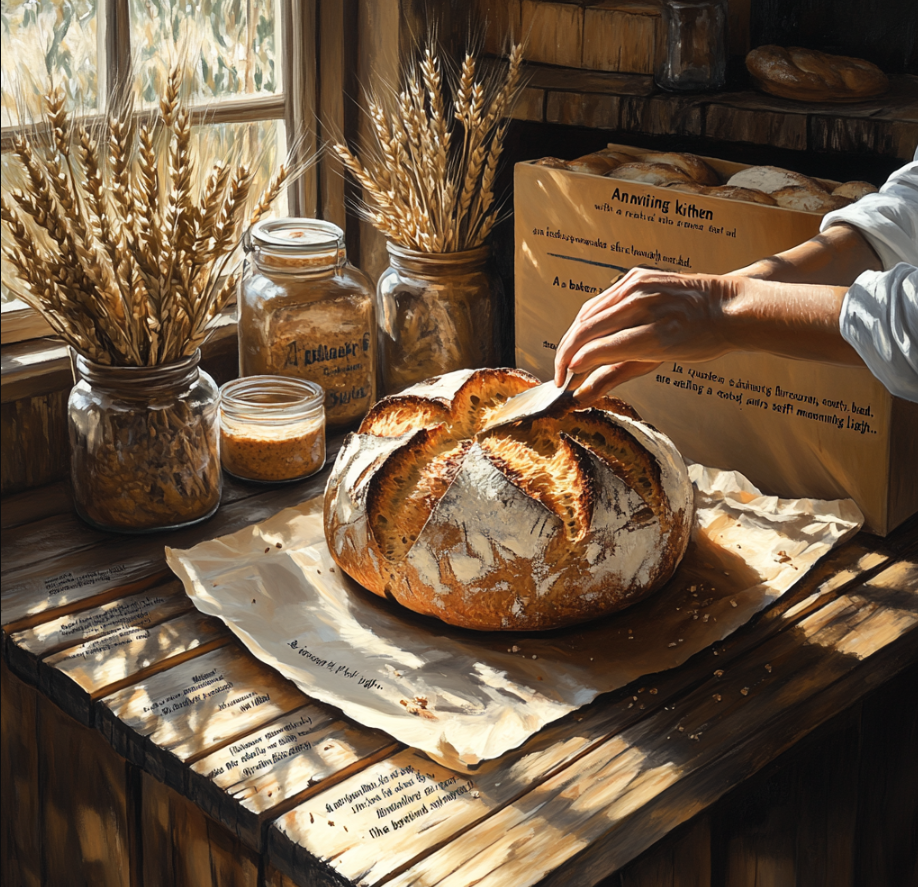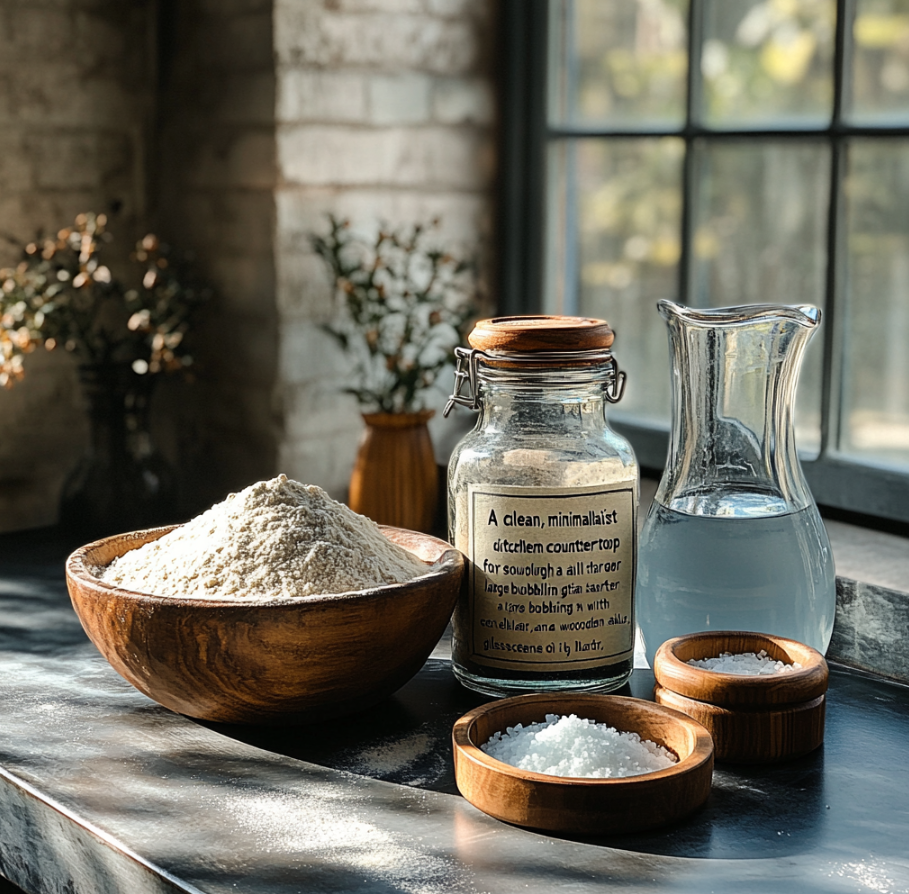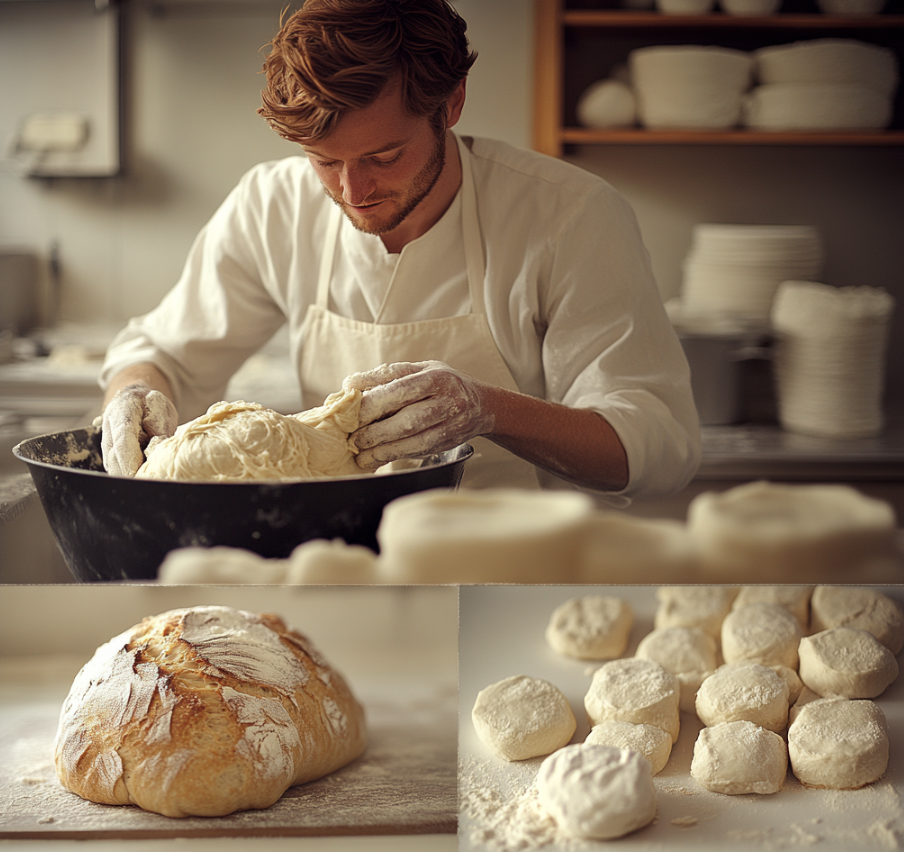Sourdough bread has taken the world by storm due to its complex flavor, chewy texture, and numerous health benefits. Unlike conventional bread that uses commercial yeast, sourdough relies on natural fermentation to develop its flavor. With just a few basic ingredients and some patience, you can bake your own artisan sourdough at home.
Why Make Your Own Sourdough Bread?
There are many reasons to start making sourdough bread at home. First, the long fermentation process makes sourdough easier to digest and can help break down gluten, making it more tolerable for some people. Additionally, the flavor is unmatched: a slightly tangy, deeply complex taste that you can’t get from store-bought bread.
Another compelling reason to try your hand at sourdough is its potential health benefits. The fermentation process helps improve nutrient absorption and reduces the glycemic index of the bread. If you’re interested in learning more about how the fermentation process benefits your health, you can explore some delicious recipes that include artisan Italian bread and similar naturally leavened recipes.

Ingredients for Sourdough Bread
The beauty of sourdough bread lies in its simplicity. You’ll only need four main ingredients:
- 500g bread flour
- 350g water
- 100g active sourdough starter
- 10g salt
The quality of your ingredients will play a big role in your final product, so be sure to use good-quality flour, and if possible, organic.

Step-by-Step Sourdough Bread Recipe
1. Mixing the Dough
Start by combining your 500g of bread flour and 350g of water. This technique is called the autolyse method, which allows the flour to absorb the water and begins gluten development. Let it rest for about 30 minutes.
After the rest, add 100g of your active sourdough starter and 10g of salt. Mix until you have a rough, sticky dough.
2. Kneading and Bulk Fermentation
Once the dough is fully combined, begin kneading. Knead for 5-10 minutes, or until the dough becomes smooth and elastic. You can also use the stretch and fold method, which requires less effort but still builds the gluten structure.
Let the dough rest for its bulk fermentation stage, which typically lasts 4-8 hours. During this time, you can perform additional stretch-and-folds every 30 minutes to further develop the dough. The dough is ready when it has doubled in size and feels airy to the touch.
3. Shaping the Dough
Once the dough has risen, it’s time to shape it. Gently form the dough into a boule (round shape) or batard (oval shape) on a lightly floured surface. Proper shaping is essential to getting a good rise during baking.
4. Proofing the Dough
You can proof the dough at room temperature for 2-4 hours, or opt for an overnight cold fermentation in the refrigerator. The cold fermentation process enhances the sour flavor and allows you to manage your baking schedule better.
5. Scoring and Baking
Before baking, use a sharp knife to score the dough. Scoring allows the dough to expand properly during baking.
Preheat your oven to 450°F (230°C). If you’re using a Dutch oven, bake the bread for 20 minutes with the lid on, and then for another 20-25 minutes with the lid off until you achieve a crispy, golden crust. If you’re using a baking stone, create steam in the oven by placing a pan of water below the bread during the first 15-20 minutes of baking.

Tips for Perfect Sourdough Bread
- Adjust hydration depending on the climate where you live. In humid environments, you may need slightly less water.
- Invest in a thermometer to check if your bread is fully baked. The internal temperature should reach about 205°F (96°C).
- Experiment with different flours like whole wheat or spelt to add complexity to your bread. Try combining this technique with unique dishes like Mediterranean couscous salad for a perfect pairing.
Frequently Asked Questions
How long does it take to make sourdough bread?
The entire process, including bulk fermentation and proofing, typically takes about 24 hours.
How do I know when my sourdough starter is ready to use?
Your starter is ready when it has doubled in size, with plenty of bubbles and a tangy smell, about 4-6 hours after feeding.
Can I make sourdough bread without a Dutch oven?
Yes, though a Dutch oven helps create steam for a better crust. You can also bake sourdough on a baking stone, adding a pan of water to the oven to simulate the effect.
Why is my sourdough bread dense?
Dense bread can be caused by under-fermentation or using an inactive starter. Make sure your starter is bubbly and active before you bake.
Conclusion
Baking your own sourdough bread is both a rewarding and delicious experience. With patience and practice, you’ll improve your technique and enjoy the results in the form of perfect loaves. Whether you’re pairing your bread with meals like tamale pie or enjoying it on its own, the possibilities are endless. Try some of these related recipes like pasta alla norma to complement your homemade sourdough.

